Disclaimer: This blog post contains affiliate links. If you make a purchase through these links, I may earn a small commission at no additional cost to you. Learn More. Thank you for supporting our garden community.
How to Create a Cold Frame to Extend the Season by 2 Months
Last Updated: September 2, 2024
Are you a passionate home gardener looking for ways to extend your growing season? Look no further than a cold frame! Cold frames are versatile structures that provide an ideal environment for various plants to thrive, even during colder months. In this blog post, we will explore what a cold frame is, the purpose of using one, its benefits, the best plants for a cold frame, and how to create your very own cold frame.
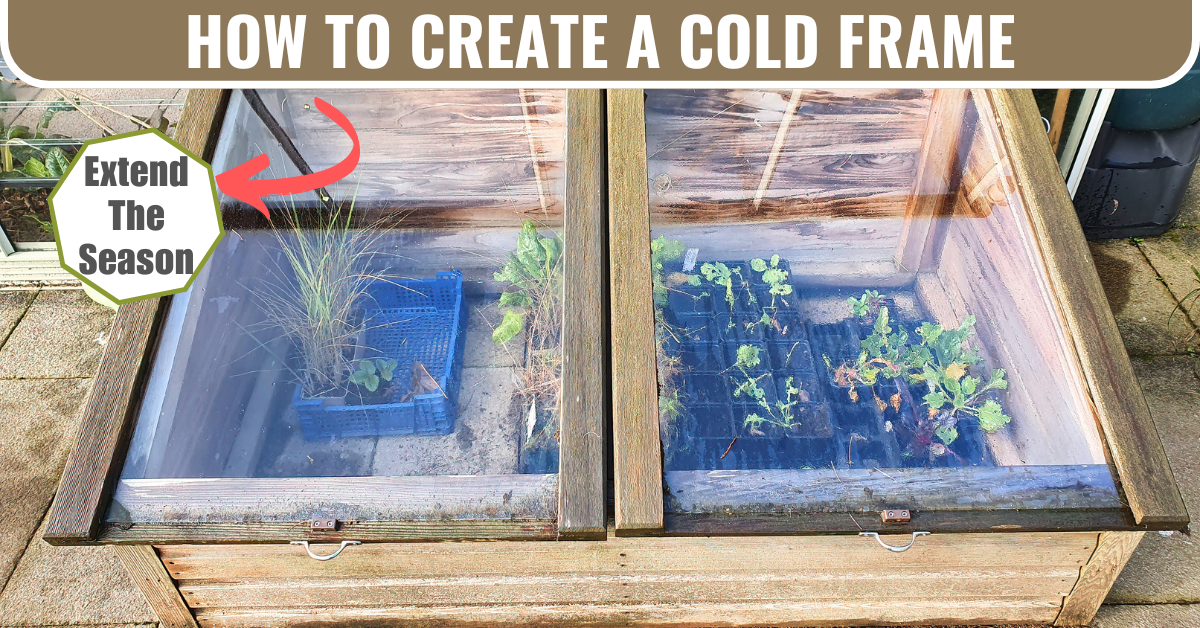
Utilizing cold frames can be a very easy way to extend the growing season, especially for cold-climate gardeners like myself.
How to Create a Cold Frame
Here’s what you’ll learn from reading this article in full:
- Planting and Maintenance Tips: This post offers advice on which plants are best suited for cold frames, how to manage temperature fluctuations, and how to maintain the cold frame for optimal plant growth.
- Introduction to Cold Frames: This article explains what a cold frame is and how it functions as a mini greenhouse, extending the growing season by protecting plants from cold weather.
- Materials and Tools Needed: You will learn about the essential materials and tools required to build a cold frame, including options for repurposing materials like old windows.
- Step-by-Step Construction Guide: This post provides a detailed, step-by-step guide on how to construct a cold frame, including tips on placement, assembly, and optimizing the design for sunlight and temperature control.

What is a Cold Frame?
A cold frame is a simple and practical structure designed to protect plants from harsh weather conditions, usually from extreme cold temperatures. It is often made using a wood or metal frame, with a transparent covering material, such as glass or clear plastic, placed on top.
This covering allows sunlight to penetrate while trapping heat, creating a warm and favorable microclimate for plants.
It is a kind of mini greenhouse in the sense that it traps GHG (greenhouse gasses) that help to keep everything inside warm.
Purpose of Using Cold Frames
The main reason you would want to use a cold frame is to provide a controlled environment that extends the growing season. By creating a microclimate in the cold frame, you can cultivate plants earlier in the spring and continue growing them well into the fall or even winter, depending on your climate.
A cold frame can be used to extend the growing season by up to 2 months. This means you can get 60 extra days of vegetable harvesting that will feed you and your family. I’m already sold!
If built correctly, it can stop the ground from freezing in the fall, and let it warm up quicker in the spring. Like I said, this will give you more time in the fall for your crops as well as an extra couple of months in the spring, before your long-season summer crops get planted out.
Benefits of Using a Cold Frame
Using a cold frame offers several benefits to gardeners:
- Protection from Cold Weather: Cold frames shield plants from frost, chilling winds, and fluctuating temperatures that will otherwise damage or kill delicate plants. To learn more, check out our post about how to protect your plants from freezing conditions.
- Improved Growth Conditions: The warm and sheltered environment within a cold frame encourages better growth and development of plants, allowing you to grow more crops in the same season.
- Cost-effective: Constructing a cold frame is relatively inexpensive compared to building an entire greenhouse, making it an affordable option for urban gardeners, like myself.
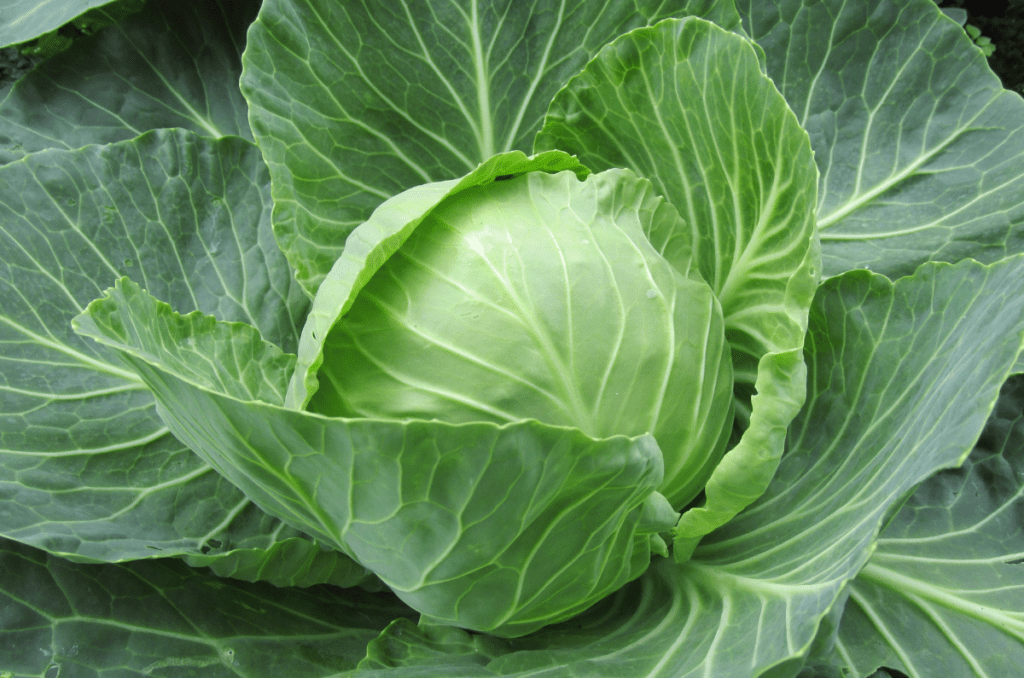
Best Plants for Cold Frames
Cold frames are suitable for a range of plants, especially those that can tolerate cooler temperatures. Some of the most suitable plants for a cold frame include:
- Leafy Greens: Varieties such as spinach, kale, lettuce, and Swiss chard thrive in the protected environment of a cold frame.
- Root Vegetables: Carrots, beets, radishes, and turnips can be successfully grown in a cold frame, as they withstand cold temperatures well.
- Herbs: Cold frames are excellent for cultivating herbs like cilantro, parsley, chives, and dill. Choose annual herbs that would typically bolt if it was too hot.
In short, choose vegetables that are tolerant of cold weather so that they will easily survive the conditions of the late growing season. Also, you want to choose plants that mature quickly, such as these 20 fast growing vegetables that mature in under 60 days.
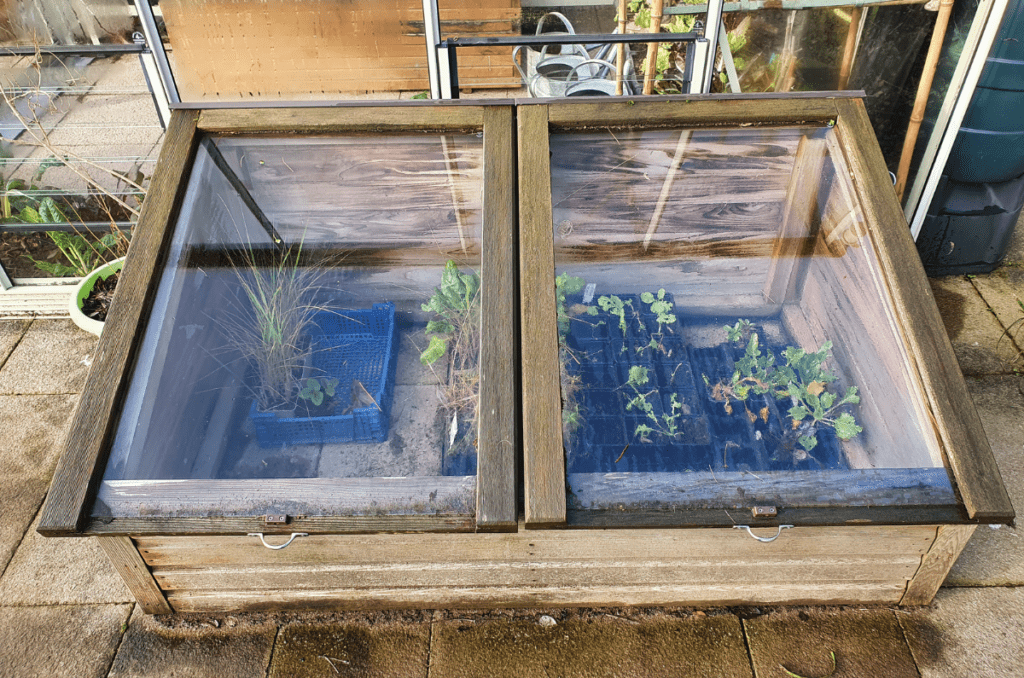
How to Make a Cold Frame
Creating your own cold frame is a simple and straightforward process. Here are 8 steps to help you get started and create your own cold frame from scratch:
- Select a suitable location: Choose a spot that receives full sunlight throughout the day, preferably facing southward to maximize exposure.
- Choose the frame material: Decide whether you want to use wood, metal, or a combination of both for the frame structure. Ensure it is sturdy enough to withstand the elements. I always use wood; it’s easier, more accessible, and easier to move around.
- Construct the frame: Assemble the frame according to your desired dimensions, ensuring it has a sloped roof to allow rainwater and snow to slide off easily.
- Attach the covering material: Lay your chosen transparent material, such as glass or plastic, over the frame and secure it tightly to prevent strong winds from dislodging it. Once again, plastic is always going to be more accessible and easier to work with.
- Provide ventilation (Optional): To avoid overheating, create a vent by leaving a small gap or installing a hinged window at the top of the frame that can be opened or closed as needed. You probably won’t need ventilation because it will be too cold in late fall anyways.
- Prepare the soil: Clear the ground within the frame and amend the soil with organic matter, such as compost, to provide optimal nutrition for your plants. Additionally, when organic matter breaks down, it generates heat that will further heat up the cold frame.
- Plant and customize: Select your desired cold-tolerant plants and arrange them within the cold frame, leaving room for growth.
- Monitor and maintain: Regularly monitor the temperature inside the cold frame, ensuring it doesn’t get too hot or cold (it should be about 5 to 10 degrees higher than the outside temperature). Water and provide additional insulation during colder periods, if required.
By following these steps, you can create your very own cold frame and enjoy an extended growing season for your favorite plants.
Frequently Asked Questions
For gardeners looking to extend their growing season by a month or 2, it is definitely worth looking into cold frames.
Cold frames do work in the winter, however, don’t expect to be getting summer-like temperatures in the cold frame during the winter. The cold frame will definitely help to increase the temperature, and, if you live in a mild enough climate, you may be able to grow vegetables in the cold frame during the winter.
Cold frames are meant to be used during early spring and fall, when temperatures are too cold to plant directly in the ground. They will help to increase the surface and air temperature enough to allow your cold-tolerant plants to grow.
Even More Gardening Ideas
Here are a few more posts to get the ball rolling in your garden!
- 25 Flowers to Plant in September
- Comprehensive Guide to Planting Brassicas for Fall
- How to Plant, Grow, and Care for the Gay Paree Peony
Products
For all-purpose organic fertilizers, check out Fishnure.
To buy organic, non-GMO lavender seeds, check out SeedsNow.
For a wide selection of perennial garden plants, check out Nature Hills Nursery.
For gardening equipment, check out Bootstrap Farmer
Conclusion
If you’re eager to grow plants beyond the traditional growing season and protect them from harsh weather conditions, a cold frame is an excellent addition to your gardening arsenal. Its simplicity, cost-effectiveness, and ability to provide an optimal growing environment make it a valuable tool for any home gardener.
With a bit of effort and creativity, you can construct your own cold frame and have the satisfaction of growing fresh produce throughout the year.
If you found this article informative, please share it with your gardener friends who may also benefit from it. Also, consider signing up for our email newsletter. We won’t spam you, you’ll just get new gardening tips and tricks every Monday and Friday!
Pin this post for later:
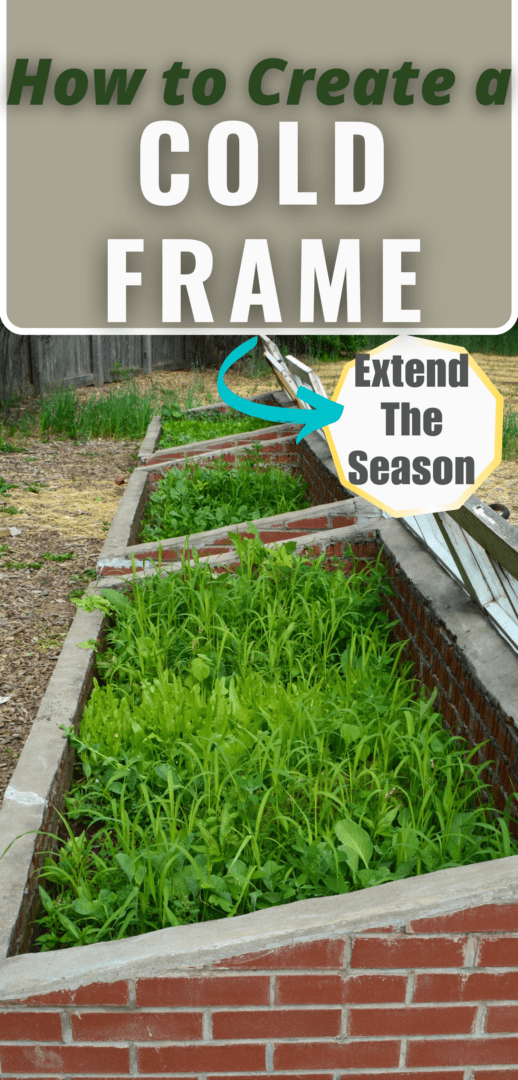
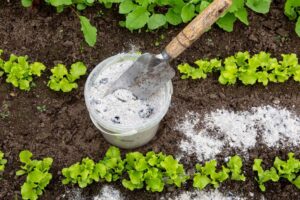
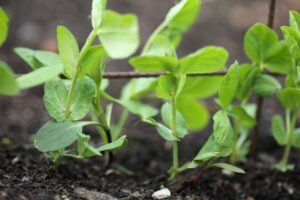
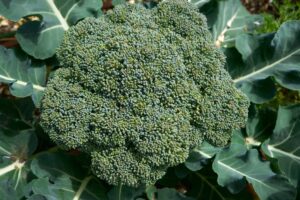
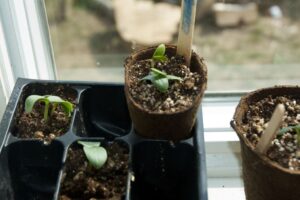
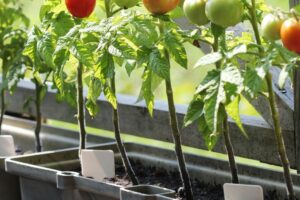
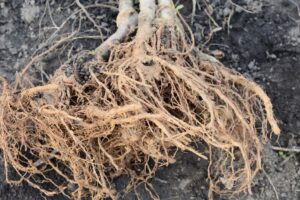

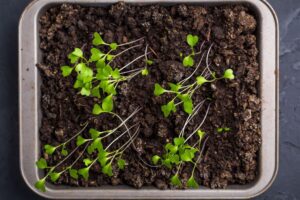
Leave a Reply